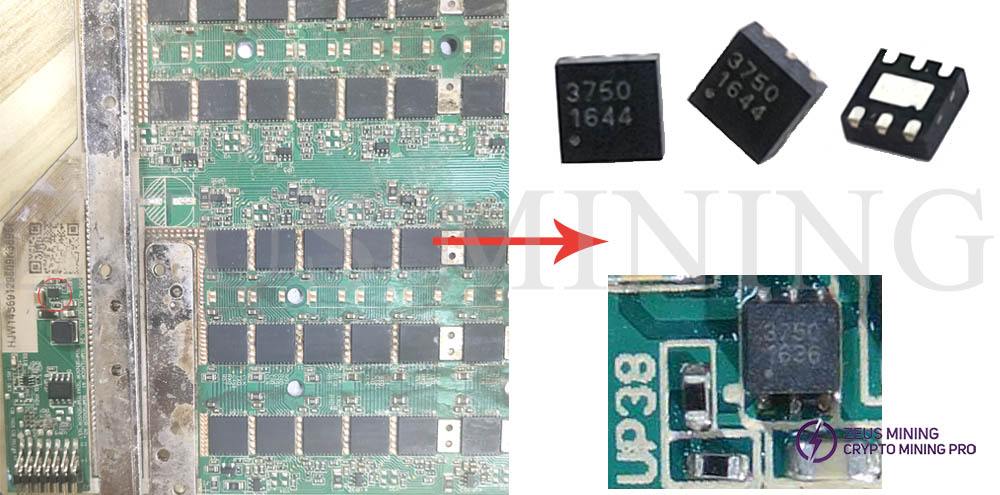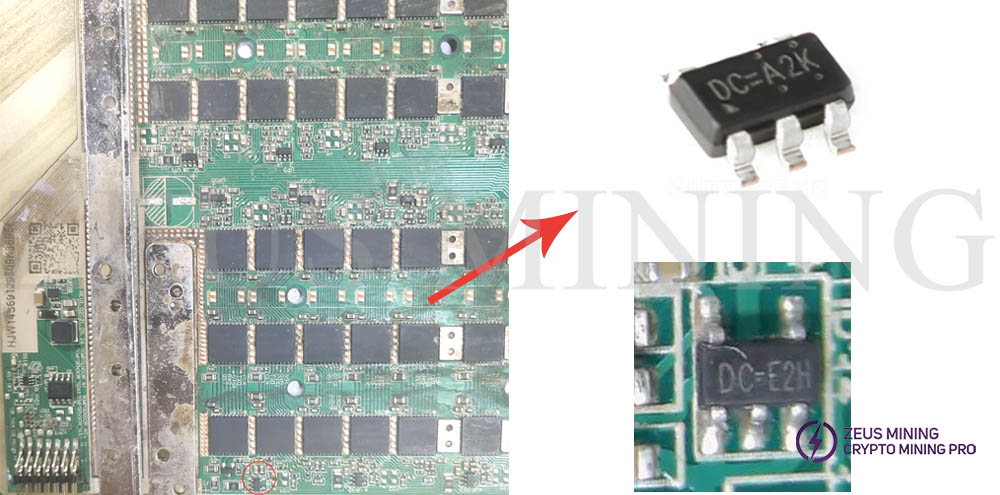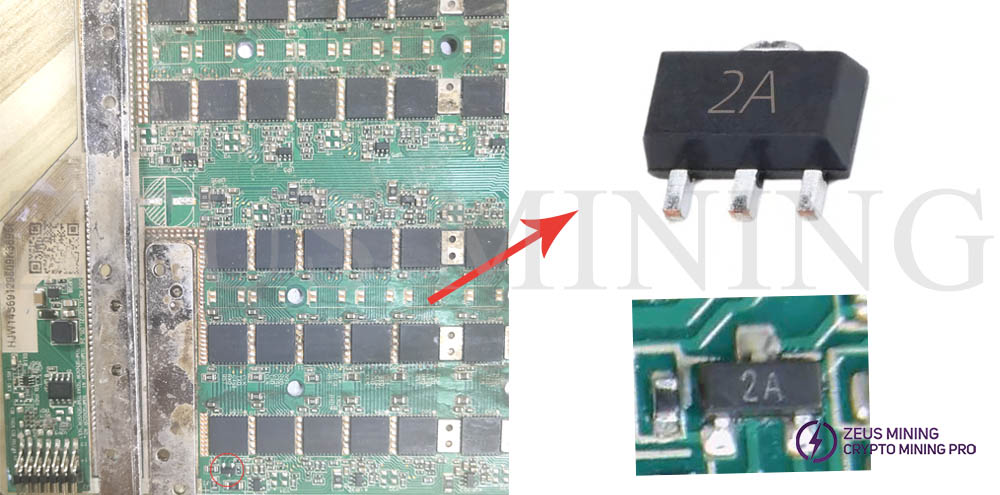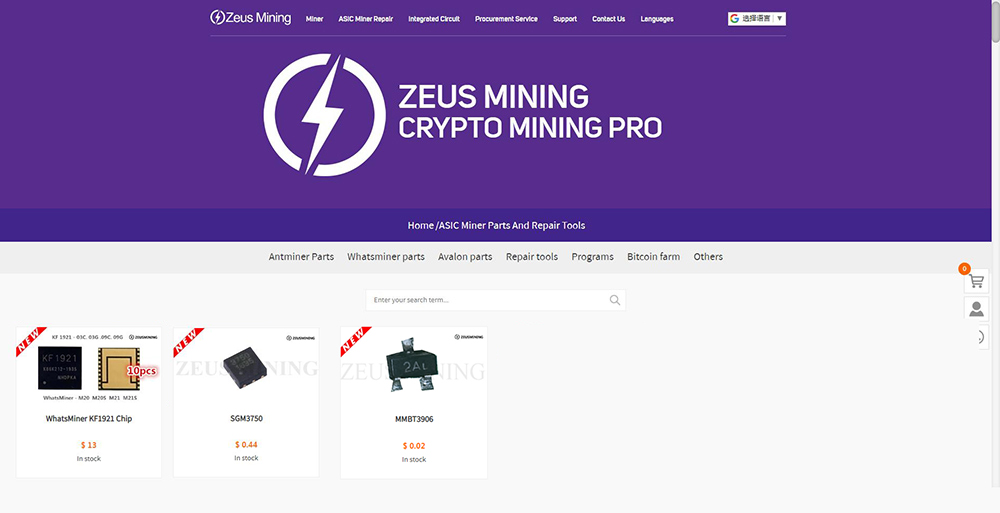ASIC Miner ICERIVER KAS KS0 Profitability In the realm of cryptocurrency mining, the Iceriver KAS KS0 miner has garnered widespread attention. Tailored specifically for the Kaspa network's KHeavyHash algorithm, it boasts high hashing power and low power consumption, making it an ideal choice for many miners. In this article, we will comprehensively assess IceRiver KS0 profitability while considering the Kaspa market conditions and the attributes of KS0 miner. Kaspa Market Dynamics Kaspa is a vibrant cryptocurrency network aimed at delivering high performance and scalability for everyday transactions. At the time of writing this article, the Kaspa coin trades at approximately $0.04959. But it's essential to note that cryptocurrency markets are highly susceptible to price volatility. Hence, investors must remain vigilant about market dynamics. Additionally, the Kaspa network's mining difficulty and reward mechanisms play a role in mining returns. Attributes of the IceRiver KS...
The introduction of Whatsminer M20S hash board chip types
Whatsminer M20S is an ASIC miner using the SHA-256 algorithm, it can mine Bitcoin or Bitcoin Cash at a hash rate of 68TH/s (+-5%), and its power consumption is 3300w (+-10%). It has three hash boards, so do you know what chips are on the M20S hash board? Let us consolidate it through this article.
Chip name: WhatsMiner KF1921 Chip
Chip silkscreen: KF1921
A single Whatsminer M20S hash board consists of 105 KF1921 chips, which are responsible for the hash rate calculation of Whatsminer M20S miners.
Chip name: RS2057XC6
Chip location: UP39
Chip silkscreen: 2057S
The RS2057XC6 is a single-pole, double-throw (SPDT) analog switch in a tiny SOT363 (SC70-6) package designed to operate over a voltage range of 1.8 V to 5.5 V and an operating temperature range of -40°C to +125°C. The device can handle both analog and digital signals. In addition, it features high bandwidth (300MHz) and low on-resistance (4.5Ω TYP).
Chip name: AT24C02N-10SU-2.7
Chip location: UP37
Chip silkscreen: ATHYC839
AT24C02N-10SU-2.7 is a serial electrically erasable programmable read-only memory (EEPROM) that provides 2048 bits, the operating temperature range is between –40°C to 85°C, and the chip has a built-in bidirectional data transfer protocol, Schmitt Trigger, filtered input for noise suppression. High reliability, long data retention time, and up to 1 million write cycles.
Chip name: SGM3750
Chip location: UP38
Chip silkscreen: 37501638
The SGM3750 is a series-driven LED boost converter with a 40V-rated integrated switching FET. The SGM3750 is available in green TDFN-2×2-6L package. It has an ambient temperature range of -40°C to +85°C and an input voltage range of 2.7V to 20V. In PWM mode, the SGM3750 does not burst the LED current; therefore, it does not generate audible noise on the output capacitor. In addition, the device features integrated open LED protection to prevent the output voltage from exceeding the IC's absolute maximum voltage rating during an open LED condition for maximum protection.
Chip name: RT9193-18GB
Chip location: UP32
Chip silkscreen: DC=E2H
RT9193-18GB is a 220mV, 300mA, 1.8V output voltage low dropout voltage regulator, using SOT-23-5 package, wide operating voltage range between 2.5V to 5.5V, built-in current limiting protection, thermal shutdown Disconnect protection, etc. for ultra-low noise RF applications with ultra-fast response to line/load transients.
Chip name: MMBT3906
Chip silkscreen: 2A
The MMBT3906 is a 220mV, -200mA MOS chip in a SOT-23 package, with an operating crystallization temperature between -55°C and +150°C.







Comments
Post a Comment
Tell us your opinion